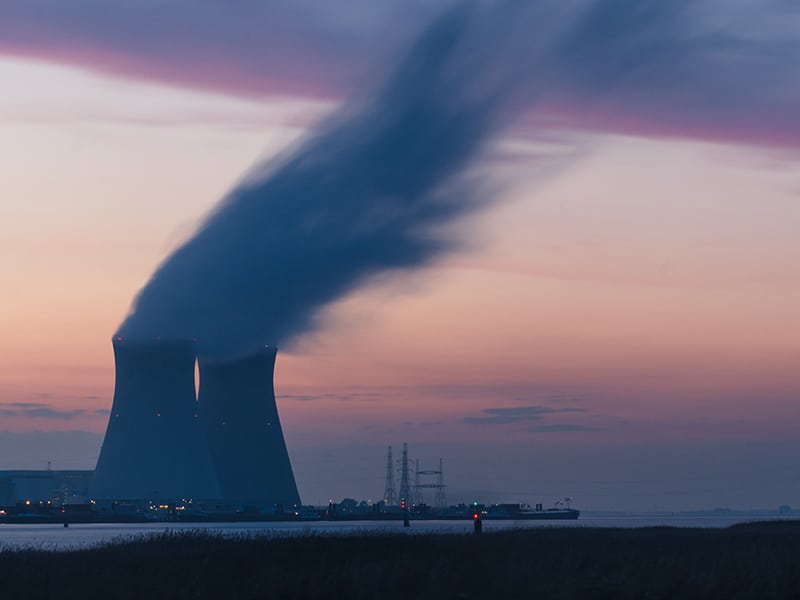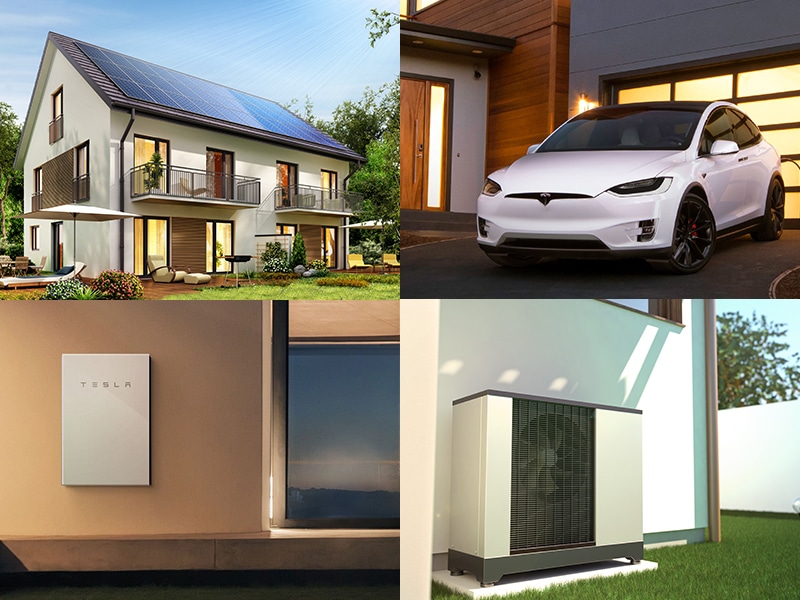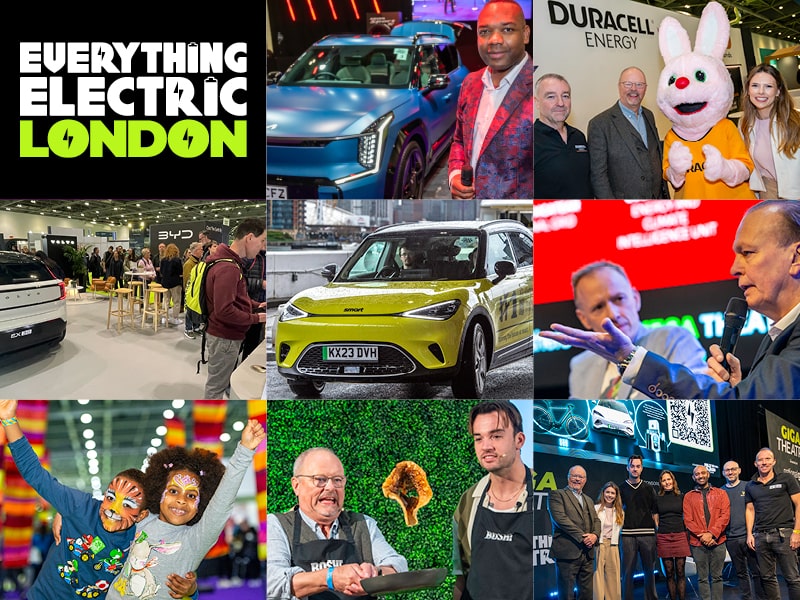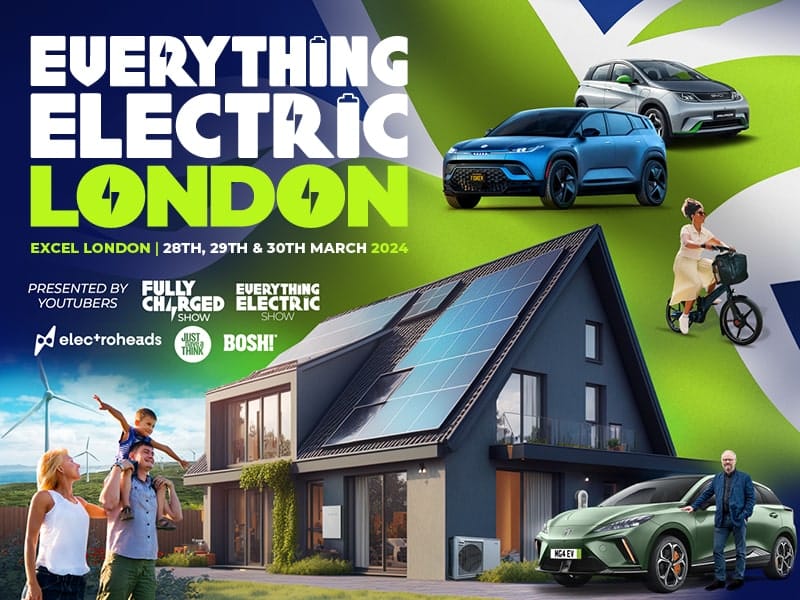
A huge amount of energy that centralised power plants produce is lost through the generation, transmission and distribution process
Received wisdom insists that the global energy transition involves widespread decentralisation. A fragmentation of the analogue system of centralised power plants, towards a more digital system, where ‘prosumers’ generate their energy at the point of use. Dan Caesar, Managing Director of Fully Charged, thinks that there might be a middle way emerging.
Drop it like it’s hot
I remember it like yesterday, I joined the UK’s Gas Safety Watchdog (CORGI) in 2003 and I spent a significant amount of my time trying to understand what the biggest issues were in the heating market. There was one thing that came up, time and time again: ‘Part L’. Bear with me, this might be enlightening, but I didn’t say it would be entertaining!
‘Part L’ is the section of the British Building Regulations relating to the ‘conservation of fuel & power’ and is a mechanism for change that successive Governments have used and can still use, should they so wish, to reduce energy consumption. Via ‘Part L’ UK Government legislated to ensure that from April 2005, that all gas boilers installed had to be high efficiency condensing boilers.
What was vexing the industry was how would they make this mandatory change a reality. To the credit of the industry, every cog within the supply chain, whether it was manufacturers, merchants or installers, worked tirelessly to make it as painless as possible for the end-user. This policy change heralded a huge improvement in energy efficiency, and the consumer didn’t feel a thing.
Staggeringly, fifteen years later, this is still the most significant single piece of policy I have seen enacted in the UK energy sector. Why was it so effective? Well it’s simple, this change was dropped on industry and consumers from above. Heat policy has largely seen a series of incremental tweaks since then and the boiler remains, for now at least, the dominant technology and by a distance.
The average consumer is deeply indifferent about how heat is handled in their home, they just want it to be available on demand 24/7, so dropping change on consumers, with the use of a ‘statutory instrument’ as it’s catchily called, is incredibly powerful.
Power to the people
When it comes to electricity on the other hand, the average consumer is blissfully unaware that the power plants that you see on the horizon, with smoke billowing into the sky, are deeply inefficient. In fact, by the time the electricity generated at centralised plants arrives at your house, an absolutely staggering ~65% of the initial energy has been lost en route. Sixty! Five! Percent!
Little wonder then that idealists (like me), dream of the days when every consumer can create heat and power in their homes through a blend of clean technologies, and with solar PV, solar thermal, heat pumps and batteries to name but a few, it is more than technically possible. But there are a couple of considerable barriers to overcome. Cost and effort.
The optimistic assumption of some (again, myself included) that consumers would organically move to ‘microgeneration’, with the slightest of subsidies has been misplaced. If the complexity of understanding, planning and getting these technologies installed wasn’t effort enough, then the up-front cost has proven prohibitive for all but the wealthiest members of society.
If there was a way in which, we could effect these changes by removing the effort required, and removing the up-front costs this could be very significant indeed. And this is where ‘New Energy Suppliers’ are uniquely positioned to drop change on consumers.

House with Solar, Electric Car, Power Storage and Heat Pump
New Kids On The Block
In 2004, the UK’s ‘Big Six’; the established energy suppliers that included British Gas, EDF Energy, E-ON, Npower, Scottish Power and SSE, held a collective market share of 100%. The earliest green shoots of change emerged with Ecotricity in 1996 and then Good Energy in 2003. In 2014 the Conservative-Liberal Democrat coalition government increased competition and ushered in a whole host of challenger brands. Many have come and many have gone, but those that have a focussed ‘green’ proposition have thrived.
Ecotricity and Good Energy remain hugely influential, and their ‘green’ credentials are second to none, but their scale-up can be categorised as slow and steady, not least because their business models involve diligently building out renewable generation. More recently agile businesses like Bulb, Octopus, OVO, Pure Planet & Tonik to name a few, have started to significantly disrupt the sector.
All of the above are doing this by investing in technological solutions like V2G, Battery Storage, Electric Vehicle Charging, Solar PV, Solar Thermal, Heat Pumps, Thermal Storage, and increasingly inventive Software and Tariffs. And in the very near future when these technologies are truly cost-competitive, these companies have the capital to offer financing too, removing up-front costs.
Other established players like EDF Energy, E-ON and Scottish Power are now engaged in an earnest transition towards emulating ‘New Energy Suppliers’. Conspicuously though, this leaves the single biggest supplier in the UK, British Gas – whose business is built around the gas boiler- as the metaphorical, and almost literal, oil tanker that simply can’t turn quickly enough. And now with an armada of options for consumers to choose from, the winds of change are only blowing in one direction.
One company that is looking to harness this change, is OVO. Fully Charged recently attended their 10th anniversary event and launch of OVO’s ‘Plan Zero’, and it definitely felt like a moment. On the verge of being catapulted to be the no.2 energy supplier in the UK, once their acquisition of SSE is approved, OVO will have more than 5 million customers it can drop change onto. In addition, to the technologies that OVO is integrating into its ‘intelligent energy platform’, Kaluza, we were struck by the way it intends to shift to ‘a membership model’ and influence its community with the imminent launch of an online carbon footprint calculator.
Flicking the Switch
So, as Governments continue to appease their fossil fuel friends, it’s the ‘New Energy Suppliers’ that are uniquely positioned to drop change on millions of consumers over the next decade, and to make the transition to clean energy as smooth as possible. These companies can play a pivotal role in what many would argue is the real challenge of our lifetimes; rapid decarbonisation. If you want to play your part in driving the deployment of decarbonising technology, we strongly suggest you switch to a New Energy Supplier. Seriously, what are you waiting for? Go to Which? Switch today.
About the author
Dan Caesar cut his teeth in the energy industry in 2003, spending time in the boiler market, before falling for renewable technologies, and has spent 15 years as a clean energy evangelist. Having worked in heating, energy efficiency, heat pumps, solar thermal, solar PV, energy storage and fuel cells, Dan has a uniquely independent perspective. Having bought his first electric car 5 years ago, Dan passionately promotes every technology that meaningfully lowers carbon emissions, but believes that the electric car is the key that can unlock consumer interest in clean energy as a whole.










